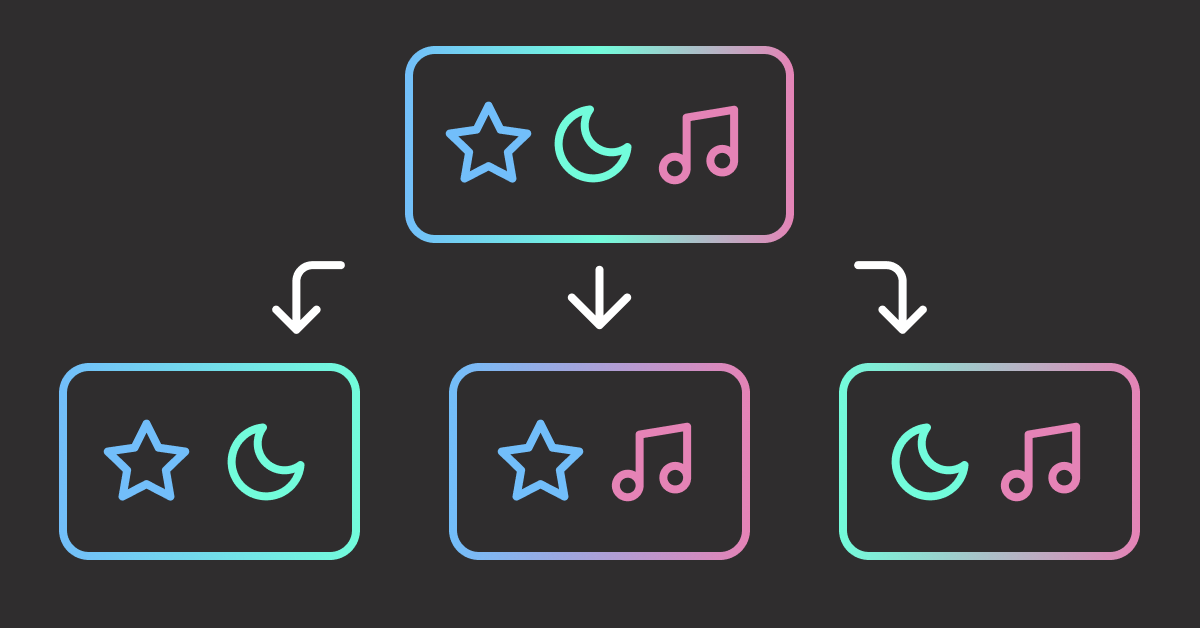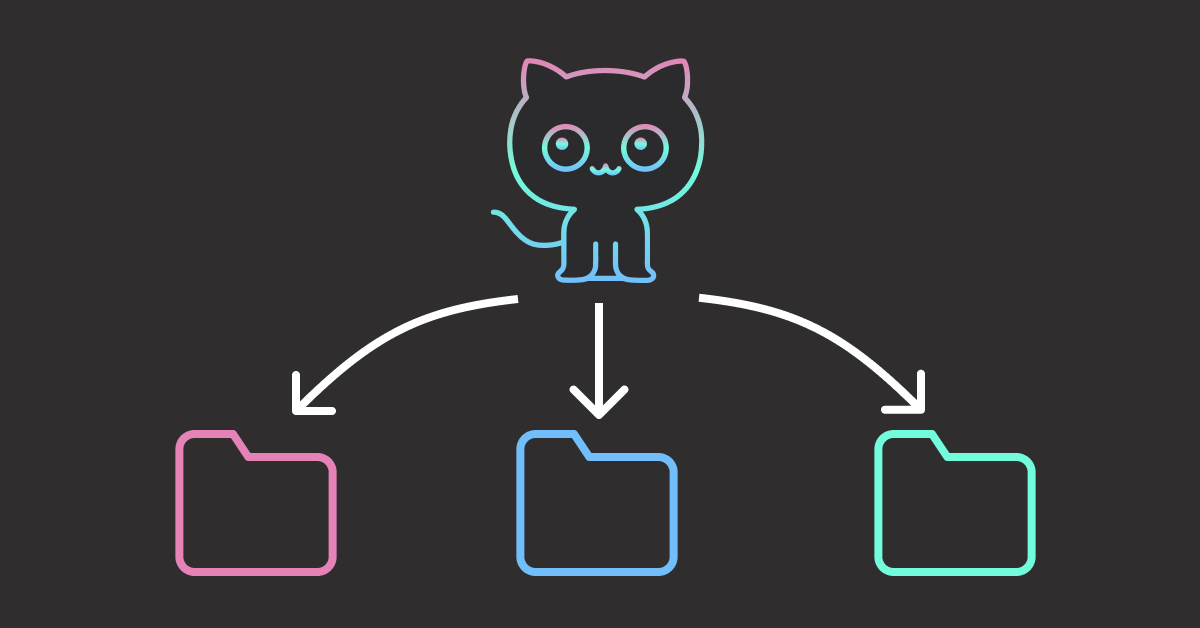Table of Contents
Introduction
Feature Interactions: From Nested Loops to Combinations
Custom Code
With Itertools
Polynomial Features: From Manual Assignments to Automated Generation
Custom Code
With Itertools
Sequence Patterns: From Manual Tracking to Permutations
Custom Code
With Itertools
Cartesian Products: From Nested Loops to Product
Custom Code
With Itertools
Efficient Sampling: From Full Data Loading to Islice
Custom Code
With Itertools
Final Thoughts
Introduction
Imagine you write nested loops for combinatorial features and they work great initially. However, as your feature engineering scales, this custom code becomes buggy and nearly impossible to debug or extend.
for i in range(len(numerical_features)):
for j in range(i + 1, len(numerical_features)):
df[f"{numerical_features[i]}_x_{numerical_features[j]}"] = (
df[numerical_features[i]] * df[numerical_features[j]]
)
Itertools provides battle-tested, efficient functions that make data science code faster and more reliable. Here are the five most useful functions for data science projects:
combinations() – Generate unique pairs from lists without repetition
combinations_with_replacement() – Generate combinations including self-pairs
permutations() – Generate all possible orderings
product() – Create all possible pairings across multiple lists
islice() – Extract slices from iterators without loading full datasets
Key Takeaways
Here’s what you’ll learn:
Replace complex nested loops with battle-tested itertools functions for feature interactions
Generate polynomial features systematically using combinations_with_replacement
Create sequence patterns and categorical combinations without manual index management
Sample large datasets efficiently with islice to avoid memory waste
Eliminate feature engineering bugs with mathematically precise combinatorial functions
Setup
Before we dive into the examples, let’s set up the sample dataset.
import pandas as pd
from itertools import (
combinations,
combinations_with_replacement,
product,
islice,
permutations,
)
import numpy as np
# Create simple sample dataset
np.random.seed(42)
data = {
"age": np.random.randint(20, 65, 20),
"income": np.random.randint(30000, 120000, 20),
"experience": np.random.randint(0, 40, 20),
"education_years": np.random.randint(12, 20, 20),
}
df = pd.DataFrame(data)
numerical_features = ["age", "income", "experience", "education_years"]
print(df.head())
age
income
experience
education_years
58
94925
2
15
48
97969
36
13
34
35311
6
19
62
113104
20
15
27
83707
8
13
Feature Interactions: From Nested Loops to Combinations
Custom Code
Creating feature interactions manually requires careful index management to avoid duplicates and self-interactions. While possible, this approach becomes error-prone and complex as the number of features grows.
# Manual approach – proper nested loops with index management
df_manual = df.copy()
for i in range(len(numerical_features)):
for j in range(i + 1, len(numerical_features)):
feature1, feature2 = numerical_features[i], numerical_features[j]
interaction_name = f"{feature1}_x_{feature2}"
df_manual[interaction_name] = df_manual[feature1] * df_manual[feature2]
print(f"First few: {list(df_manual.columns[4:7])}")
First few: ['age_x_income', 'age_x_experience', 'age_x_education_years']
With Itertools
Use combinations() to generate unique pairs from a list without repetition or order dependency.
For example, combinations(['A','B','C'], 2) yields (A,B), (A,C), (B,C).
Let’s apply this to feature interactions:
# Automated approach with itertools.combinations
df_itertools = df.copy()
for feature1, feature2 in combinations(numerical_features, 2):
interaction_name = f"{feature1}_x_{feature2}"
df_itertools[interaction_name] = df_itertools[feature1] * df_itertools[feature2]
print(f"First few: {list(df_itertools.columns[4:7])}")
First few: ['age_x_income', 'age_x_experience', 'age_x_education_years']
📚 For comprehensive production practices in data science, check out Production-Ready Data Science.
Polynomial Features: From Manual Assignments to Automated Generation
Custom Code
Creating polynomial features manually requires separate handling of squared terms and interaction terms, involving complex logic to generate all degree-2 polynomial combinations.
df_manual_poly = df.copy()
# Create squared features
for feature in numerical_features:
df_manual_poly[f"{feature}_squared"] = df_manual_poly[feature] ** 2
# Create interaction features with list slicing
for i, feature1 in enumerate(numerical_features):
for feature2 in numerical_features[i + 1:]:
df_manual_poly[f"{feature1}_x_{feature2}"] = df_manual_poly[feature1] * df_manual_poly[feature2]
# Show polynomial features created
polynomial_features = list(df_manual_poly.columns[4:])
print(f"First few polynomial features: {polynomial_features[:6]}")
First few polynomial features: ['age_squared', 'income_squared', 'experience_squared', 'education_years_squared', 'age_x_income', 'age_x_experience']
With Itertools
Use combinations_with_replacement() to generate combinations where items can repeat.
For example, combinations_with_replacement(['A','B','C'], 2) yields (A,A), (A,B), (A,C), (B,B), (B,C), (C,C).
With this method, we can eliminate separate logic for squared terms and interaction terms in polynomial feature generation.
# Automated approach with combinations_with_replacement
df_poly = df.copy()
# Create features using the same combinations logic
for feature1, feature2 in combinations_with_replacement(numerical_features, 2):
if feature1 == feature2:
# Squared feature
df_poly[f"{feature1}_squared"] = df_poly[feature1] ** 2
else:
# Interaction feature
df_poly[f"{feature1}_x_{feature2}"] = df_poly[feature1] * df_poly[feature2]
# Show polynomial features created
polynomial_features = list(df_poly.columns[4:])
print(f"First few polynomial features: {polynomial_features[:6]}")
First few polynomial features: ['age_squared', 'age_x_income', 'age_x_experience', 'age_x_education_years', 'income_squared', 'income_x_experience']
Sequence Patterns: From Manual Tracking to Permutations
Custom Code
Creating features from ordered sequences requires manual permutation logic with nested loops. This becomes complex and error-prone as sequences grow larger.
# Manual approach – implementing permutation logic
actions = ['login', 'browse', 'purchase']
sequence_patterns = []
# Manual permutation generation for 3 items
for i in range(len(actions)):
for j in range(len(actions)):
if i != j: # Ensure different first and second
for k in range(len(actions)):
if k != i and k != j: # Ensure all different
pattern = f"{actions[i]}_{actions[j]}_{actions[k]}"
sequence_patterns.append(pattern)
print(f"First few: {sequence_patterns[:3]}")
First few: ['login_browse_purchase', 'login_purchase_browse', 'browse_login_purchase']
With Itertools
Use permutations() to generate all possible orderings where sequence matters.
For example, permutations(['A','B','C']) yields (A,B,C), (A,C,B), (B,A,C), (B,C,A), (C,A,B), (C,B,A).
Let’s apply this to user behavior sequences:
# Automated approach with itertools.permutations
actions = ['login', 'browse', 'purchase']
# Generate all sequence permutations
sequence_patterns = ['_'.join(perm) for perm in permutations(actions)]
print(f"Permutations created: {len(sequence_patterns)} patterns")
print(f"First few: {sequence_patterns[:3]}")
Permutations created: 6 patterns
First few: ['login_browse_purchase', 'login_purchase_browse', 'browse_login_purchase']
Cartesian Products: From Nested Loops to Product
Custom Code
Creating combinations between multiple categorical variables requires nested loops for each variable. The code complexity grows exponentially as more variables are added.
# Manual approach – nested loops for categorical combinations
education_levels = ['bachelor', 'master', 'phd']
locations = ['urban', 'suburban', 'rural']
age_groups = ['young', 'middle', 'senior']
categorical_combinations = []
for edu in education_levels:
for loc in locations:
for age in age_groups:
combination = f"{edu}_{loc}_{age}"
categorical_combinations.append(combination)
print(f"Manual nested loops created {len(categorical_combinations)} combinations")
print(f"First few: {categorical_combinations[:3]}")
Manual nested loops created 27 combinations
First few: ['bachelor_urban_young', 'bachelor_urban_middle', 'bachelor_urban_senior']
With Itertools
Use product() to generate all possible combinations across multiple lists.
For example, product(['A','B'], ['1','2']) yields (A,1), (A,2), (B,1), (B,2).
Let’s apply this to categorical features:
# Automated approach with itertools.product
education_levels = ['bachelor', 'master', 'phd']
locations = ['urban', 'suburban', 'rural']
age_groups = ['young', 'middle', 'senior']
# Generate all combinations
combinations_list = list(product(education_levels, locations, age_groups))
categorical_features = [f"{edu}_{loc}_{age}" for edu, loc, age in combinations_list]
print(f"Product created {len(categorical_features)} combinations")
print(f"First few: {categorical_features[:3]}")
Product created 27 combinations
First few: ['bachelor_urban_young', 'bachelor_urban_middle', 'bachelor_urban_senior']
Efficient Sampling: From Full Data Loading to Islice
Custom Code
Sampling data for prototyping typically requires loading the entire dataset into memory first. This wastes memory and time when you only need a small subset for initial feature exploration.
import sys
# Load entire dataset into memory
large_dataset = list(range(1_000_000))
# Calculate memory usage
dataset_mb = sys.getsizeof(large_dataset) / 1024 / 1024
# Sample only what we need
sample_data = large_dataset[:10]
# Print results
print(f"Loaded dataset: {len(large_dataset)} items ({dataset_mb:.1f} MB)")
print(f"Sample data: {sample_data}")
Loaded dataset: 1000000 items (7.6 MB)
Sample data: [0, 1, 2, 3, 4, 5, 6, 7, 8, 9]
With Itertools
Use islice() to extract a slice from an iterator without loading the full dataset.
For example, islice(large_data, 5, 10) yields items 5-9.
Let’s apply this to dataset sampling:
# Process only what you need
sample_data = list(islice(large_dataset, 10))
# Calculate memory usage
sample_kb = sys.getsizeof(sample_data) / 1024
# Print results
print(f"Processed dataset: {len(sample_data)} items ({sample_kb:.2f} KB)")
print(f"Sample data: {sample_data}")
Processed dataset: 10 items (0.18 KB)
Sample data: [0, 1, 2, 3, 4, 5, 6, 7, 8, 9]
For even greater memory efficiency with large-scale feature engineering, consider Polars vs. Pandas: A Fast, Multi-Core Alternative for DataFrames.
Final Thoughts
Manual feature engineering requires complex index management and becomes error-prone as feature sets grow. These five itertools methods provide cleaner alternatives that express mathematical intent clearly:
combinations() generates feature interactions without nested loops
combinations_with_replacement() creates polynomial features systematically
permutations() creates sequence-based features from ordered data
product() builds categorical feature crosses efficiently
islice() samples large datasets without memory waste
Master combinations() and combinations_with_replacement() first – they solve the most common feature engineering challenges. The other three methods handle specialized tasks that become essential as your workflows grow more sophisticated.
For scaling feature engineering beyond memory limits with SQL-based approaches, explore A Deep Dive into DuckDB for Data Scientists.
Favorite



